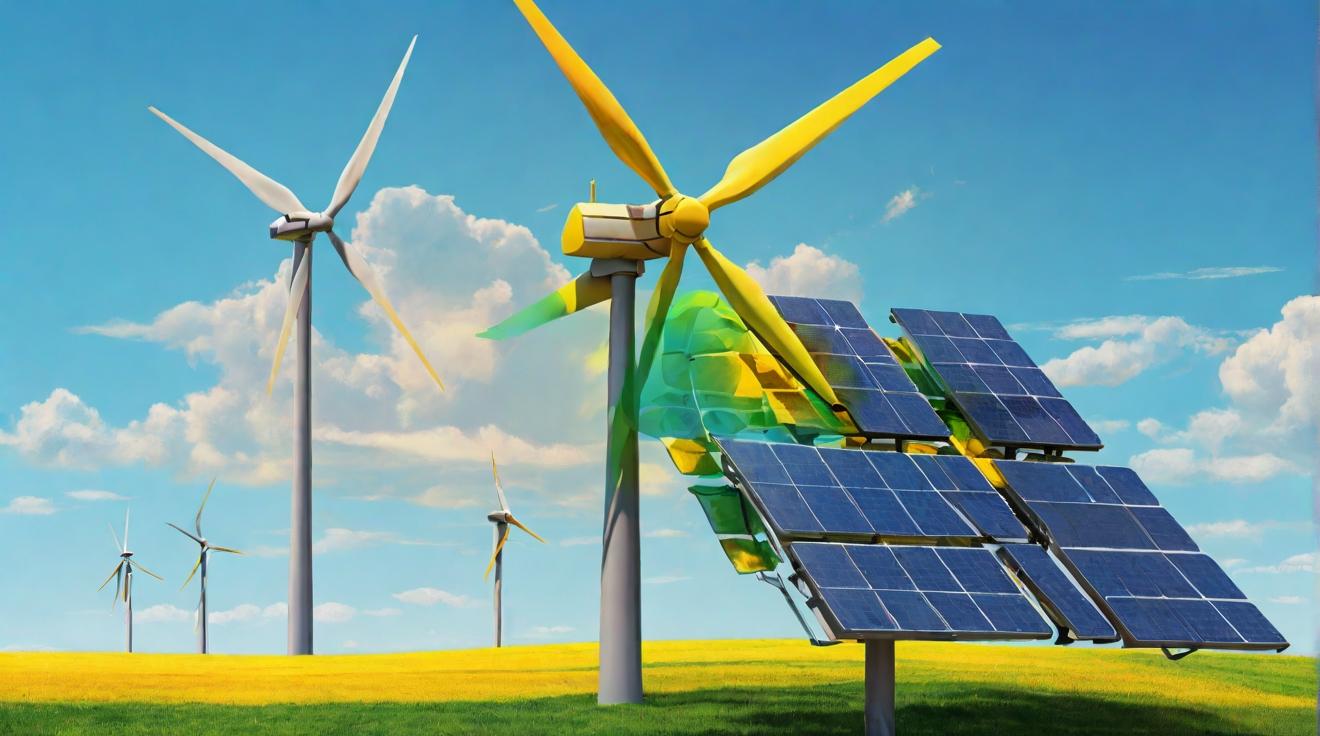**Global Push Towards Low-Carbon Emissions Shapes a Multi-Trillion Dollar Industry
As the world grapples with the impacts of climate change, the shift towards a low to zero carbon emissions future is emerging as an investment megatrend for 2024 and beyond. The escalation in investments across renewable energy, electric vehicles (EVs), hydrogen production, and other cleantech sectors underscores this narrative, marking a significant rise in clean energy expenditure.
In 2023, total investments in renewable energy infrastructure and electric mobility surged by 17% to reach $1.8 trillion. A broader perspective, including investments in clean energy supply chains and $900 billion in financing, elevates the aggregate to a staggering $2.8 trillion. This influx of funds highlights the increasing financial commitment towards achieving a sustainable energy transition.
The International Energy Agency (IEA) and the International Renewable Energy Agency (IRENA) estimate a requirement of $6 trillion annually through 2030 to facilitate this transition effectively and limit global warming to 1.5°C above pre-industrial levels. This allocation aims at not just reinforcing renewable energy initiatives but also enhancing electric mobility.
A consensus emerged at a prominent energy conference in Houston, Texas, acknowledging the need to exponentially increase electrification across different sectors. This approach necessitates a revisitation of the broader industrial, mining, and manufacturing frameworks to significantly lower carbon emissions. The consensus underscores the reality that investment decisions transcend energy price fluctuations, focusing instead on the adaptability of current technologies to reduce emissions, including the application of artificial intelligence and predictive analytics.
The concept of "electrify everything" was discussed extensively, signifying a pivot towards enhancing electricity grids and industrial electrification. The exploration of investments in the global south's manufacturing and industrial sectors presents promising decarbonization opportunities.
Stakeholders emphasized the importance of localized investments in infrastructure development, such as high-voltage distribution systems and renewables projects, supported by digitization and performance data analytics. This strategy enables a well-informed, real-time decision-making process conducive to impactful investments.
With investors ready to funnel trillions into this sector, the emphasis on long-term investment and commitment to environmental objectives remains paramount. Governments globally are extending financial incentives to support these investment goals, recognizing the indispensable role of traditional energy companies in the transition towards renewable energy.
Despite nearly $1 trillion in energy transition finance provided by banks in 2023, the discourse continues on the necessity of supporting both traditional and renewable energy sectors. A balanced, inclusive approach is advocated for, involving banks, pension funds, insurance companies, private equity, and family offices in the energy transition.
This holistic, collaborative effort underpins the vast, complex endeavor of navigating the energy transition, with each stakeholder playing a critical role in the broader scheme of decarbonization.
The journey towards a low to zero carbon emissions future is paved with challenges, but the rising investments in renewable energy and cleantech signify a promising path forward.
Analyst comment
Positive news: Global Push Towards Low-Carbon Emissions Shapes a Multi-Trillion Dollar Industry
As an analyst, the market for renewable energy, electric vehicles, hydrogen production, and other cleantech sectors is expected to experience significant growth. Investments in these sectors have already surged, indicating a strong commitment to achieving a sustainable energy transition. Governments and financial institutions are providing financial incentives and support for renewable energy initiatives. However, there is ongoing discussion about the balance between traditional and renewable energy sectors. Overall, the market is poised for substantial expansion in the coming years.













